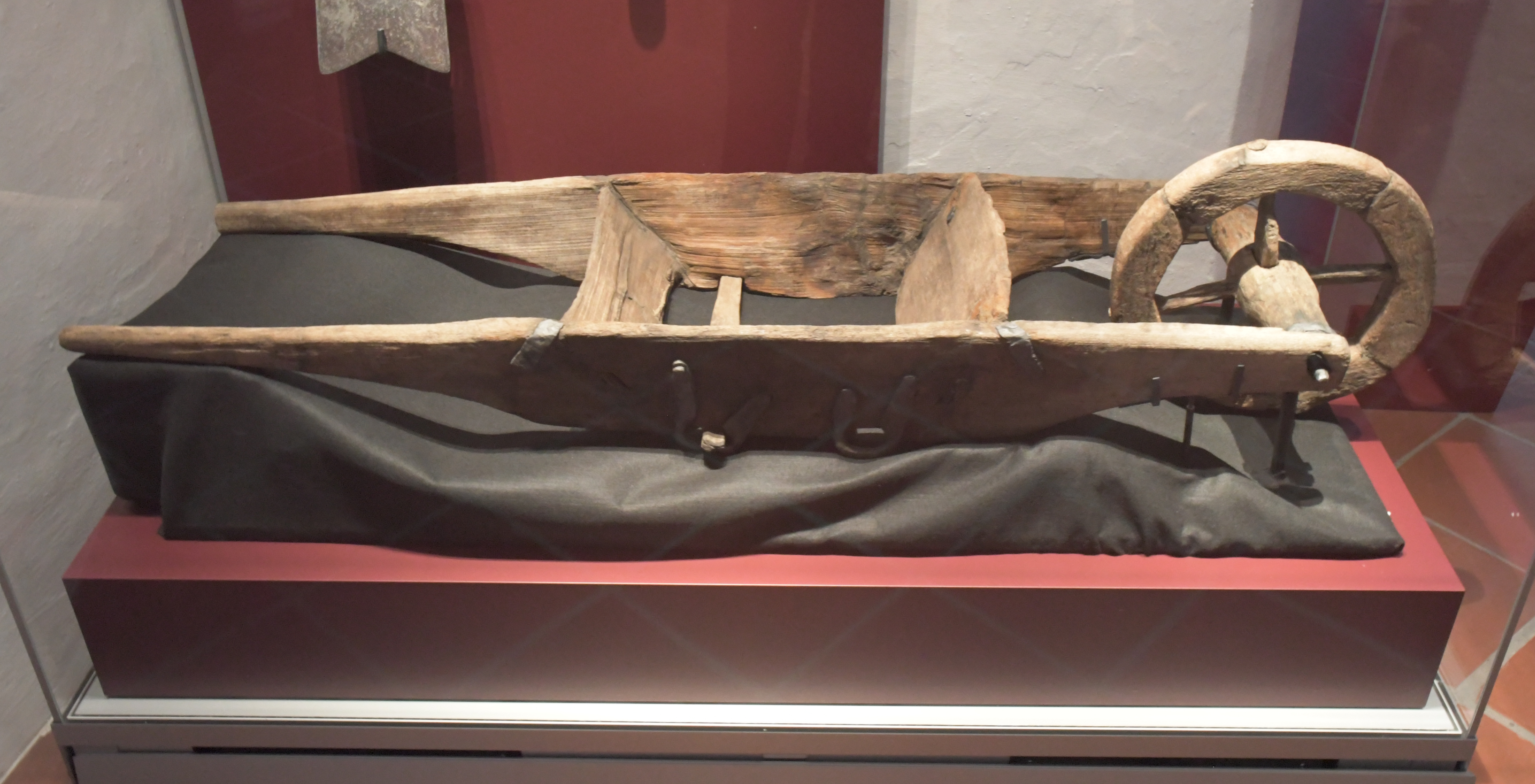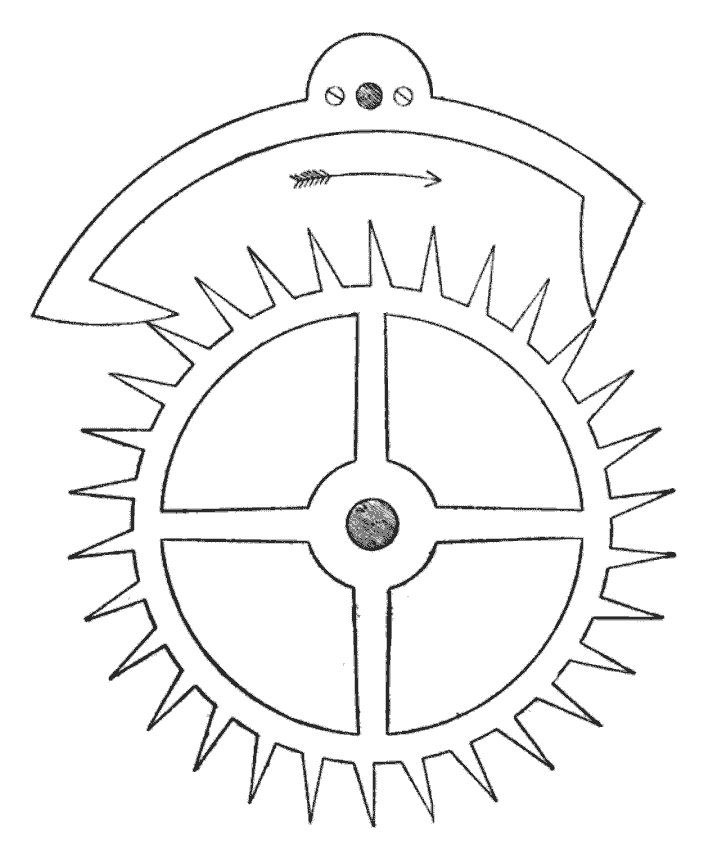|
Ballbarrow
The Ballbarrow was a variation of the wheelbarrow design, by James Dyson released in 1974 in the UK. It featured a moulded plastic wikt:hopper, hopper on a steel frame and a spherical plastic wheel, allowing increased manoeuvrability. Dyson said that the surface area of the ball, larger than that of a conventional design, made the ballbarrow easier to use in soft soil and more laterally stable with heavy loads on uneven ground. The original design featured a galvanised steel or copper hopper, forming integral rear legs. Conventional barrows use a bend in the frame to form these legs. Later the design was changed to a plastic hopper, with an optional clip on height-extension piece. The Ballbarrow won the Building Design Innovation Award in 1977. Dyson continued with the ball-wheel concept in his design for the Trolleyball boat launcher in 1978, and the List of Dyson products#DC15, DC15 vacuum cleaner in 2005. Dyson claimed his failure to maintain control of his invention by assign ... [...More Info...] [...Related Items...] OR: [Wikipedia] [Google] [Baidu] |
Wheelbarrow
A wheelbarrow is a small hand-propelled load-bearing vehicle, usually with just one wheel, designed to be pushed and guided by a single person using two handles at the rear. The term "wheelbarrow" is made of two words: "wheel" and "barrow." " Barrow" is a derivation of the Old English "barew" which was a device used for carrying loads. The wheelbarrow is designed to distribute the weight of its load between the wheel and the operator, so enabling the convenient carriage of heavier and bulkier loads than would be possible were the weight carried entirely by the operator. As such it is a second-class lever. Traditional Chinese wheelbarrows, however, had a central wheel supporting the whole load. Use of wheelbarrows is common in the construction industry and in gardening. Typical capacity is approximately of material. A two-wheel type is more stable on level ground, while the almost universal one-wheel type has better maneuverability in small spaces, on planks, in water, or when ... [...More Info...] [...Related Items...] OR: [Wikipedia] [Google] [Baidu] |
James Dyson
Sir James Dyson (born 2 May 1947) is a British inventor, industrial designer, farmer, and business magnate who founded the Dyson company. He is best known as the inventor of the bagless vacuum cleaner, which works on the principle of cyclonic separation. In the ''Sunday Times'' Rich List 2023, he was the fifth-richest person in the United Kingdom, with an estimated family net worth of £23 billion. As of March 2025, ''Forbes'' lists Dyson's net worth as $13.3 billion. Dyson served as the Provost of the Royal College of Art from August 2011 to July 2017, and opened a new university, the Dyson Institute of Engineering and Technology, on Dyson's Wiltshire campus in September 2017. Early life and education James Dyson was born 2 May 1947 in Cromer, Norfolk, one of three children of Janet M. (''née'' Bolton) and Alec William Dyson. He was named after his grandfather, James Dyson. His father died of prostate cancer when he was nine years old and he described his childhood ho ... [...More Info...] [...Related Items...] OR: [Wikipedia] [Google] [Baidu] |
List Of Dyson Products
Dyson (company), Dyson is a Singapore-based company and manufacturer of bagless vacuum cleaners (using cyclonic separation and brushless electric motors), heatless hand dryers, bladeless fans/heaters, and robotic vacuum cleaners. Technologies Dyson has developed various basic technologies for use in their products, including designing and manufacturing its own specialized motors. Dyson Digital Motor The electric motor marketed as the Dyson Digital Motor (DDM) is a direct current motor, operating on the Switched reluctance motor, switched reluctance principle. These carbon brush, brushless motors rotate at up to 110,000 Revolutions per minute, rpm. The motor used a two-pole brushless rotor with a digital controller. Dyson said its efficiency was 84%, which was less than the Electric motor#Brushless DC motor, 96% efficiency that is achieved in some brushless designs. In order to deal with the high speed and centrifugal forces, the impeller is made of carbon fibre reinforced ... [...More Info...] [...Related Items...] OR: [Wikipedia] [Google] [Baidu] |
Hopper
Hopper or hoppers may refer to: Places * Hopper, Illinois * Hopper, West Virginia * Hopper, a mountain and valley in the Hunza–Nagar District of Pakistan * Hopper (crater), a crater on Mercury People * Hopper (surname) Insects * Hopper, the immature form of a locust * Grasshopper * Hoppers, butterflies of the genus '' Platylesches'' * Leafhopper, a member of the family Cicadellidae * Treehopper, a member of the family Membracidae (typical treehoppers) or Aetalionidae Mechanical parts * Hopper, a storage container used to dispense granular materials through the use of a chute to restrict flow, sometimes assisted by mechanical agitation ** Hopper (particulate collection container), a large container used for dust collection ** A paintball loader ** A manufacturing line hopper ** Part of an agricultural aircraft to store the chemicals to be spread ** Part of a combine harvester ** Part of a wheel tractor-scraper to store the soil load ** Feeder (livestock equipment) Transpo ... [...More Info...] [...Related Items...] OR: [Wikipedia] [Google] [Baidu] |
Popular Science
Popular science (also called pop-science or popsci) is an interpretation of science intended for a general audience. While science journalism focuses on recent scientific developments, popular science is more broad ranging. It may be written by professional science journalists or by scientists themselves. It is presented in many forms, including books, film and television documentaries, magazine articles, and web pages. History Before the modern specialization and professionalization of science, there was often little distinction between "science" and "popular science", and works intended to share scientific knowledge with a general reader existed as far back as Greek and Roman antiquity. Without these popular works, much of the scientific knowledge of the era might have been lost. For example, none of the original works of the Greek astronomer Eudoxus (4th century BC) have survived, but his contributions were largely preserved due to the didactic poem '' Phenomena'' writte ... [...More Info...] [...Related Items...] OR: [Wikipedia] [Google] [Baidu] |
Building Design Innovation Award
A building or edifice is an enclosed structure with a roof, walls and windows, usually standing permanently in one place, such as a house or factory. Buildings come in a variety of sizes, shapes, and functions, and have been adapted throughout history for numerous factors, from building materials available, to weather conditions, land prices, ground conditions, specific uses, prestige, and aesthetic reasons. To better understand the concept, see ''Nonbuilding structure'' for contrast. Buildings serve several societal needs – occupancy, primarily as shelter from weather, security, living space, privacy, to store belongings, and to comfortably live and work. A building as a shelter represents a physical separation of the human habitat (a place of comfort and safety) from the ''outside'' (a place that may be harsh and harmful at times). buildings have been objects or canvasses of much artistic expression. In recent years, interest in sustainable planning and building practi ... [...More Info...] [...Related Items...] OR: [Wikipedia] [Google] [Baidu] |
Dyson Products
Dyson may refer to: * Dyson (surname), people with the surname Dyson * Dyson (company), a Singaporean multinational home appliances company founded by James Dyson * Dyson (crater), a crater on the Moon * Dyson (operating system), a Unix general-purpose operating system derived from Debian using the illumos kernel, libc, and SMF init system * Dyson sphere, a hypothetical megastructure that completely encompasses a star and captures most or all of its power output * Dyson tree, a hypothetical plant suggested by physicist Freeman Dyson ** ''Eufloria'' (formerly called ''Dyson''), a video game based on the idea of Dyson trees * , a United States Navy destroyer in commission from 1942 to 1947 * NOAAS ''Oscar Dyson'' (R 224), an American fisheries and oceanographic research ship in commission in the National Oceanic and Atmospheric Administration since 2005 * Dysons, an Australian bus operator * Dyson, a character in the Canadian television series ''Lost Girl'' * The Charles H. Dyson Sch ... [...More Info...] [...Related Items...] OR: [Wikipedia] [Google] [Baidu] |
English Inventions
English inventions and discoveries are objects, processes or techniques invented, innovated or discovered, partially or entirely, in England by a person from England. Often, things discovered for the first time are also called inventions and in many cases, there is no clear line between the two. Nonetheless, science and technology in England continued to develop rapidly in absolute terms. Furthermore, according to a Japanese research firm, over 40% of the world's inventions and discoveries were made in the UK, followed by France with 24% of the world's inventions and discoveries made in France and followed by the US with 20%. The following is a list of inventions, innovations or discoveries known or generally recognised to be English. Agriculture * 1701: Seed drill improved by Jethro Tull (1674–1741). *18th century: of the horse-drawn hoe and scarifier by Jethro Tull * 1780s: Selective breeding and artificial selection pioneered by Robert Bakewell (1725–1795). * 1842: ... [...More Info...] [...Related Items...] OR: [Wikipedia] [Google] [Baidu] |






